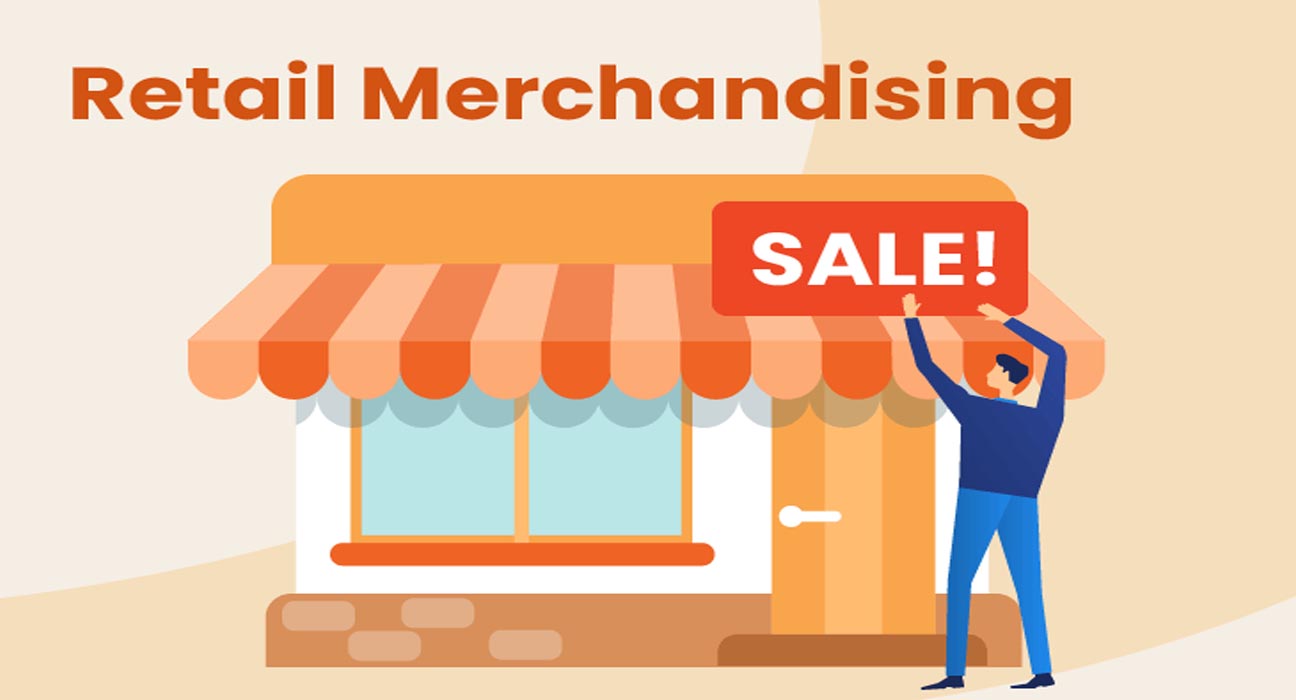
Retail merchandising is subtle. When customers walk into the store, they don’t consciously think about the sensory experience. Rather, the colors, sounds, smells, temperature, and the way the merchandise feels combine to deliver an experience to the customer psyche that they may not even realize. Retail merchandising is an art and science.
Definition:
Retail merchandising is the organization of merchandise in an appealing way to get shoppers who come to a brick and mortar retail store to be engaged and inspired to purchase more product than they initially thought they would.
Planning Your Customer Path
To get started merchandising your store, consider these factors:
- What products do you want to promote? For example, your most profitable, best-selling, and newest products are typically what you want to focus on. The products you’ll promote will change from season to season. And they’ll change even week to week. To identify which products you want customers to notice.
- How do you want customers to move through the store? For example, store layout can convey a lot about a store. And a shop full of crowded racks and overflowing shelves will attract people who like to hunt for treasures and bargains. As a result, a sparse, minimal store will highlight well-chosen, high-end items. Most retailers will want something in the middle, with a well-organized store. And that conveys an abundant but not overwhelming product selection.
Use your store layout to guide customers to the products you want to focus on. Depending on your space, you can layout your store in a grid with aisles, a loop format with a circular path throughout the store, or even a “free form” layout that appears haphazard. You can sketch out your layout or use planogram software for retailers to create your design.
Elements of Retail Merchandising
Once you’ve got your essential layout set, consider how best to use the following elements to merchandise your store.
Fixtures
Decide on the right mix of fixtures to suit your space and layout. For example, ask yourself if your products should hang from racks or sit on shelves? Do you want to display items in glass cases or make them available for customers to hold and touch?
Lighting
Use lighting to draw customer focus to key areas and products. For example, you might want spotlights on the newest products or on luxury items in your store. In addition to focused lighting, use the store’s overall lighting to set a mood. As a result, you might use bright, gleaming light in an electronics store or sultry, low light in a lingerie shop.
Signage
Signage gets customers in the door and guides them through the store. In addition to basic signs indicating categories and prices, you may need wayfinding signage (“Fitting Rooms” or “Cashier”), sales signage that spotlights the benefits of a product, and display window signage.
Décor
Use decor to convey your brand and to highlight key product displays. For example, paint, floor coverings, wall coverings, and window coverings can create different spaces.
Retail Merchandising Display Ideas
Common ways to group merchandise for display include:
- By brand
- By purpose (cooking gear, workwear)
- According to the theme (fall, Mother’s Day)
- By price (under $25, splurge items)
- By target customer/end-user (gardeners, cooks, music lovers)
Retail Merchandising
Conclusion
Retail Merchandising refers to all the activities both seen and unseen which contribute to the sale of products in-store. It includes visual merchandising which creates the environment to sell; the displays which stop shoppers in their tracks the signage that directs informs or inspires them and the fitting rooms where the final decisions are often made.
Use these tips and tricks as well as best practices to merchandise your store like a pro and enhance the customer experience.
References:
You May Also Read:
